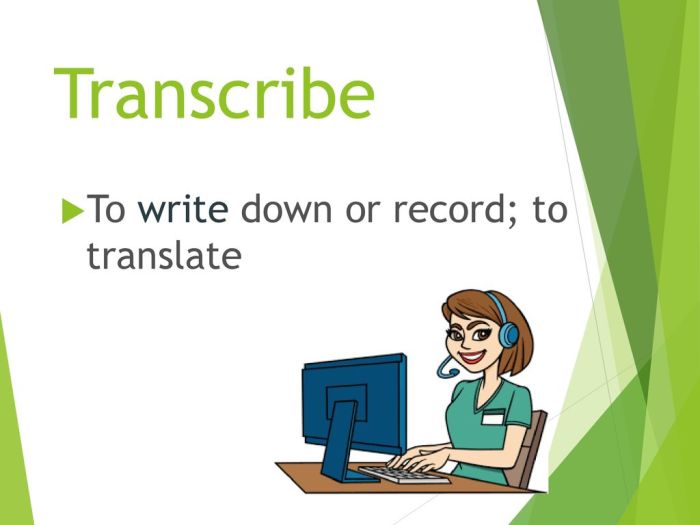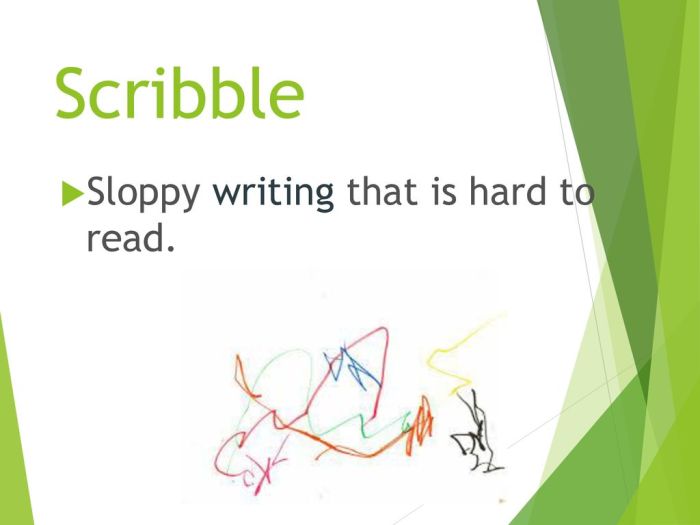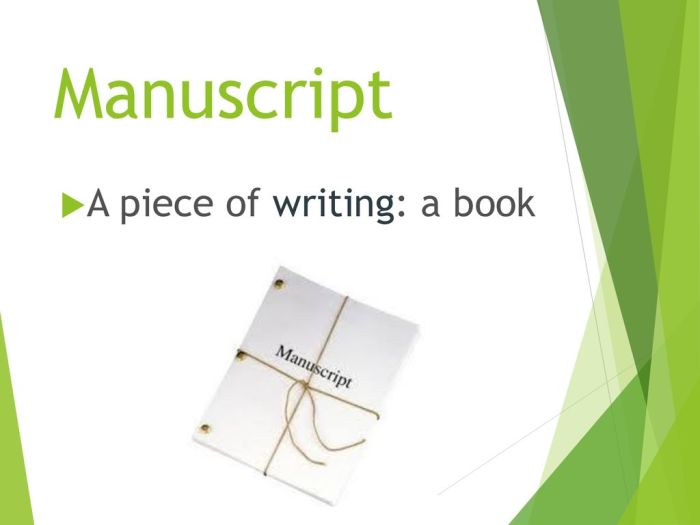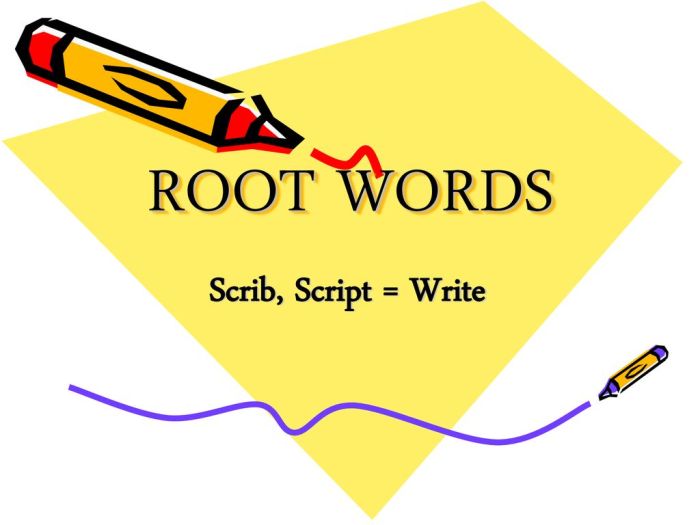Words with scrib or script, like scribes and scriptures, have played a pivotal role in shaping written communication. From their humble beginnings to their modern applications, these words offer a rich tapestry of linguistic and cultural significance, inviting us to explore their fascinating journey.
As we delve into the etymology and origins of these words, we’ll uncover their linguistic roots and the fascinating evolution of their meanings. We’ll also examine their usage in various contexts, from the written word to the digital realm, showcasing their versatility and adaptability.
Etymology and Origins

Words containing “scrib” or “script” trace their roots back to the Latin word “scribere,” meaning “to write.” Over time, these words have evolved to encompass various meanings related to writing, recording, and transmitting information.
Whether it’s scribble or script, the written word has shaped history. Speaking of history, don’t forget to brush up for your US History Semester B Exam . Remember, words like “subscribe” and “describe” both stem from the Latin “scribere,” meaning “to write.”
So, as you prepare for your exam, take a moment to appreciate the power of the written word.
In ancient Rome, the term “scriba” referred to a professional scribe who made copies of official documents and records. As writing became more widespread, the term “script” came to be used to describe the written form of a language, including its characters, symbols, and conventions.
Early Usage
Early examples of the use of “scrib” and “script” can be found in classical literature. In the works of Cicero, the term “scriba” appears in the context of legal and administrative writing. In the Bible, the term “scripture” is used to refer to sacred texts, such as the Torah and the Gospels.
Throughout history, words containing “scrib” or “script” have continued to evolve, reflecting the changing nature of writing and communication. Today, these words are used in a wide range of contexts, from handwriting to computer programming.
Linguistic Analysis

The root word “scrib” originates from the Latin verb “scribere,” meaning “to write.” It carries the notion of creating written marks or symbols to convey information. “Script,” on the other hand, derives from the Latin noun “scriptum,” which refers to something written or a written document.
These roots have shaped the linguistic significance and variations of words containing “scrib” or “script.”
Morphological and Syntactic Variations
Words containing “scrib” or “script” exhibit various morphological and syntactic variations. For instance, the verb “scribble” denotes hasty or careless writing, while “inscribe” implies a formal or permanent recording. The noun “scribe” refers to a person who writes or copies manuscripts, whereas “scripture” denotes religious or sacred writings.
Semantic Relationships
The semantic relationships between different words containing “scrib” or “script” are often related to the act of writing, recording, or communicating information. “Subscribe” conveys the idea of giving one’s consent or support to something, while “transcript” refers to a written record of spoken words.
These words share a common thread of capturing and conveying information through written form.
Usage in Different Contexts
The terms “scrib” and “script” are often used interchangeably in various fields, but there are subtle differences in their usage depending on the context.
The table below compares the usage of “scrib” and “script” in writing, technology, and education:
| Field | Scrib | Script |
|---|---|---|
| Writing | A short, informal piece of writing, often handwritten | A written or printed text, especially one for a play or film |
| Technology | A computer program or routine that performs a specific task | A set of instructions that tells a computer what to do |
| Education | A student’s handwritten notes | A written or printed text that students use to learn a subject |
Here are some specific examples of how these words are employed in each context:
- In writing, “scrib” can be used to refer to a quick note, a draft, or a piece of graffiti, while “script” is used to refer to a screenplay, a play, or a speech.
- In technology, “scrib” can be used to refer to a small program that performs a specific task, while “script” is used to refer to a larger program that controls the behavior of a computer.
- In education, “scrib” can be used to refer to a student’s handwritten notes, while “script” is used to refer to a textbook, a workbook, or a lesson plan.
Cultural and Historical Significance: Words With Scrib Or Script
The advent of “scrib” and “script” heralded a transformative era in human communication. Their profound influence extended far beyond mere written records; they became indispensable tools in shaping literacy, education, and the preservation of knowledge.
Literacy and Education
Scribes and scripts played a pivotal role in fostering literacy, enabling individuals to transcend oral traditions and access written knowledge. As writing became more accessible, education systems flourished, facilitating the dissemination of ideas, theories, and discoveries across vast distances and generations.
Preservation of Knowledge, Words with scrib or script
Scribes and scripts served as guardians of knowledge, meticulously documenting historical events, scientific discoveries, and literary masterpieces. Through their efforts, invaluable insights and cultural heritage were preserved for posterity, ensuring that future generations could benefit from the accumulated wisdom of the past.
Modern Applications

In contemporary society, the terms “scrib” and “script” find extensive applications in various fields. These applications range from programming and document automation to digital media and beyond.
The following table provides a comprehensive overview of the diverse uses of “scrib” and “script” in modern contexts:
| Field | Application |
|---|---|
| Programming | – Writing scripts to automate tasks
|
| Document Automation | – Generating reports and invoices
|
| Digital Media | – Writing scripts for videos and animations
|
| Data Analysis | – Parsing and cleaning data
|
| System Administration | – Configuring and managing systems
|
Visual Representation

An infographic can be created to illustrate the evolution and usage of “scrib” and “script” over time. The infographic could include a timeline showing the first known uses of each word, as well as examples of how the words have been used in different contexts throughout history.
The infographic could also include a chart showing the different meanings and applications of the words, as well as a graph showing the frequency of use of each word over time.
Visual elements could be used to demonstrate the different meanings and applications of “scrib” and “script.” For example, the infographic could include images of different types of writing, such as handwritten notes, printed documents, and computer code. The infographic could also include images of different devices used for writing, such as pens, pencils, and computers.
Timeline of “Scrib” and “Script”
The timeline of “scrib” and “script” could include the following key dates:
- 1200s: The word “scrib” first appears in the English language.
- 1300s: The word “script” first appears in the English language.
- 1500s: The printing press is invented, leading to a significant increase in the use of both “scrib” and “script.”
- 1800s: The typewriter is invented, further increasing the use of “scrib” and “script.”
- 1900s: The computer is invented, leading to a new era of digital writing.
- Present day: “Scrib” and “script” continue to be used in a variety of contexts, both online and offline.
Quick FAQs
What is the difference between “scrib” and “script”?
“Scrib” generally refers to the act of writing, while “script” encompasses both the written text and its intended purpose or context.
How have words with scrib or script influenced literacy?
These words have played a crucial role in the development of written communication, enabling the recording and dissemination of information, leading to increased literacy rates.
What are some modern applications of words with scrib or script?
In contemporary society, these words find applications in areas such as programming, document automation, and digital media, facilitating efficient communication and information management.